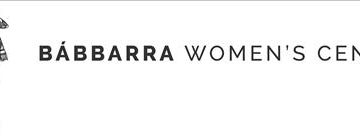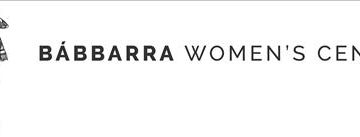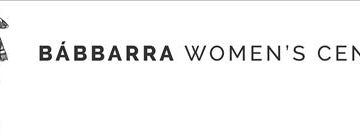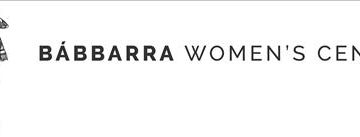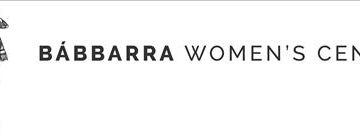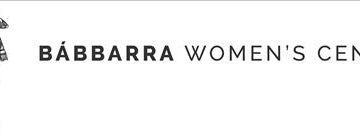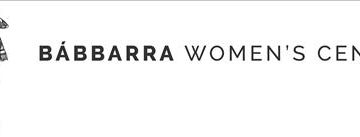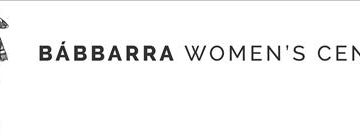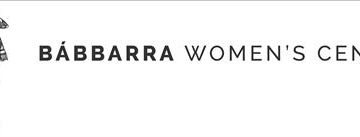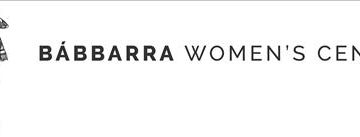Bawinanga Aboriginal Corporation
377810582273094
Lorrkon Jennifer Wurrkidj TITLE Lorrkon (Hollow funeral log) YEAR 2010 MEDIUM Screen print DETAILS 2 screen design, 1000 x 420mm Before, a long time ago, when old people would die they would put their bones inside the lorrkkon and leave it outside. It is part of ceremony. The old Read more…
